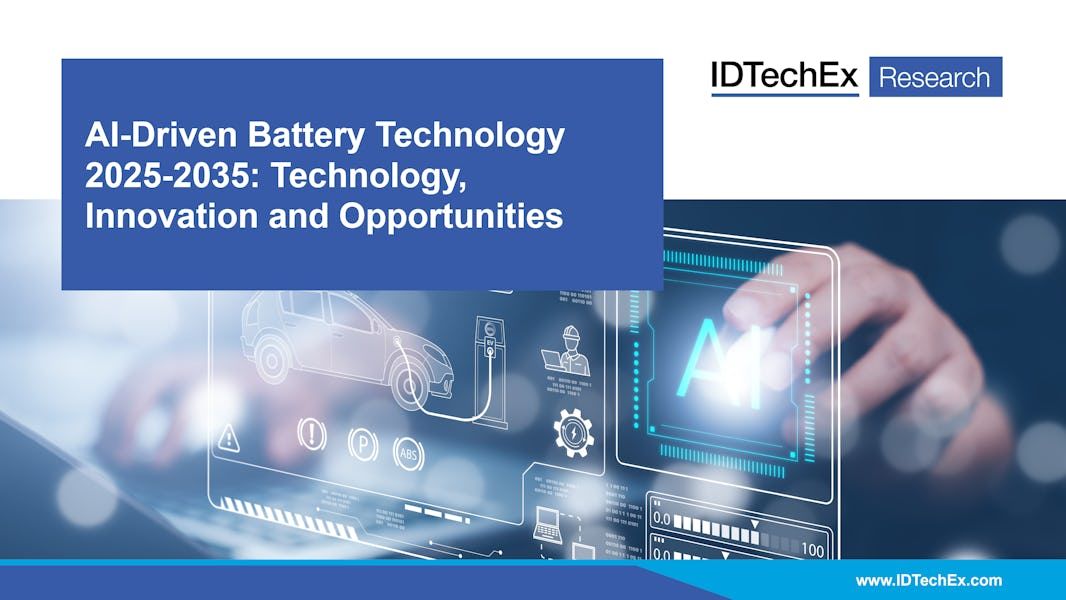"AI Poised to Disrupt Battery Industry: Report Reveals Key Insights on Applications, Technologies, and Market Forecasts"

A new report by IDTechEx provides a comprehensive overview of artificial intelligence (AI) applications in the battery industry, covering key technologies, supply-chain disruption, and market forecasts. The report reveals the potential for AI to significantly disrupt and accelerate battery development, manufacturing, and usage.
The growing demand for electrification worldwide has led to an increase in battery demand, with electric vehicle (EV) and battery energy storage system (BESS) industries expanding rapidly. However, this rapid growth has created significant pressure on battery manufacturers to improve efficiency, reduce costs, and meet increasing energy density demands.
The report highlights the critical role of AI in addressing these challenges. Energy density, cost, and material proportions are major considerations for battery manufacturers. Faster development of suitable batteries is essential for efficient management, manufacturing, and recycling methods. AI will play a crucial part in achieving this goal.
Regional Insights
Europe has seen regulatory support for sustainable and safe large-scale battery deployments, driving the growth of AI-powered battery analytics for diagnostics and second-life assessment. North America will focus on faster cell development and materials discovery through the use of materials informatics platforms and AI-assisted cell testing methods. East Asia's manufacturing- and development-related applications will fuel demand for AI-assisted battery technology.
Market Forecasts
The report provides a comprehensive overview of AI usage in the battery industry across five distinct application areas:
- Materials Discovery and Cell Testing: A review of incumbent techniques, evaluation of their disadvantages, discussion of value generation through AI use, and benchmarking of AI use-cases.
- Manufacturing and In-Life Diagnostics: Coverage of the market for each area, including a mix of quantitative and qualitative analysis.
- Second-Life Assessment: Examination of theoretical and practical value propositions for AI, compared to incumbent techniques.
Key findings from the report include:
- AI adoption is expected to significantly disrupt and accelerate battery development, manufacturing, and usage.
- The growing demand for electrification worldwide has driven a surge in battery market growth.
- Regulatory support, such as Europe's Battery Passport initiative, has led to increased interest in AI-powered battery analytics.
Overall, the report provides valuable insights into the state of AI adoption in the battery industry, highlighting key technologies, supply-chain disruption, and market forecasts for the next decade.
